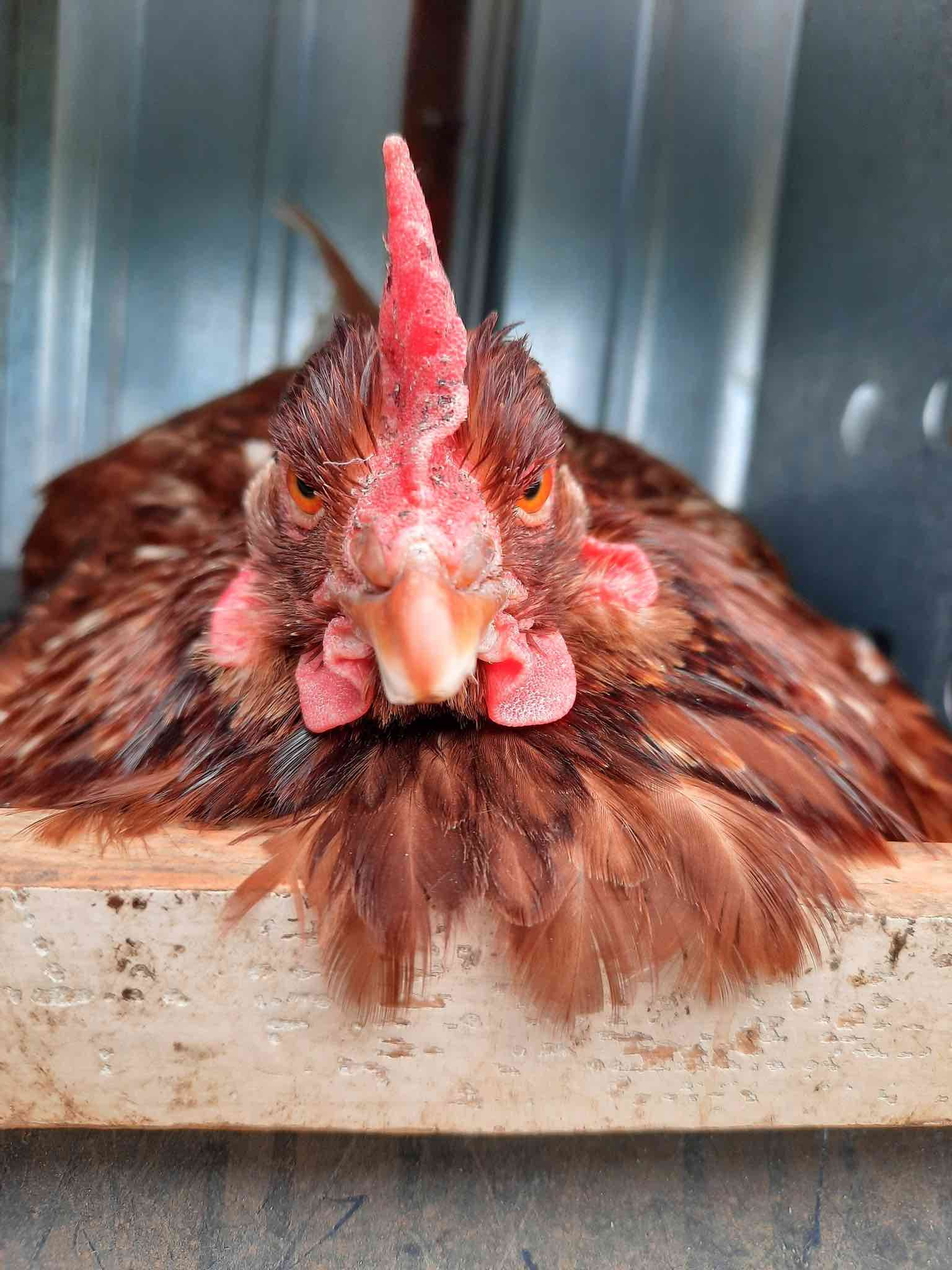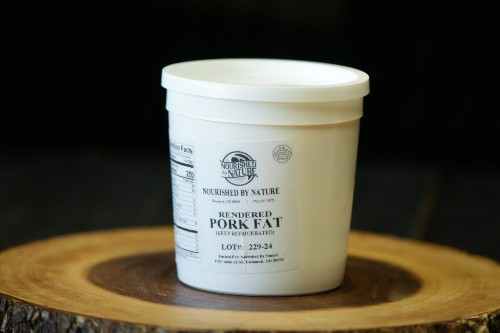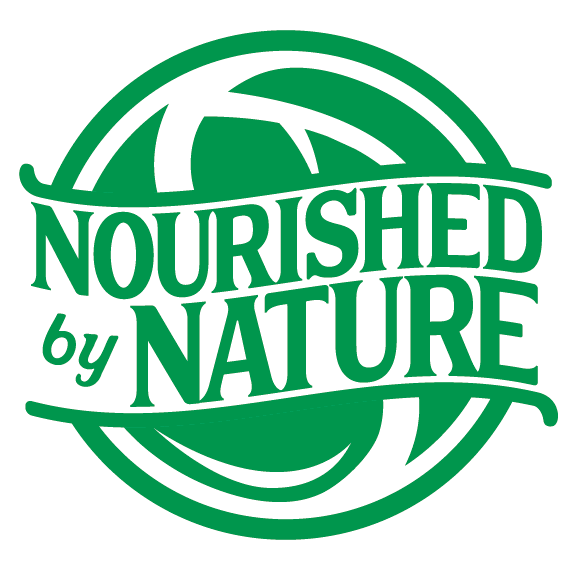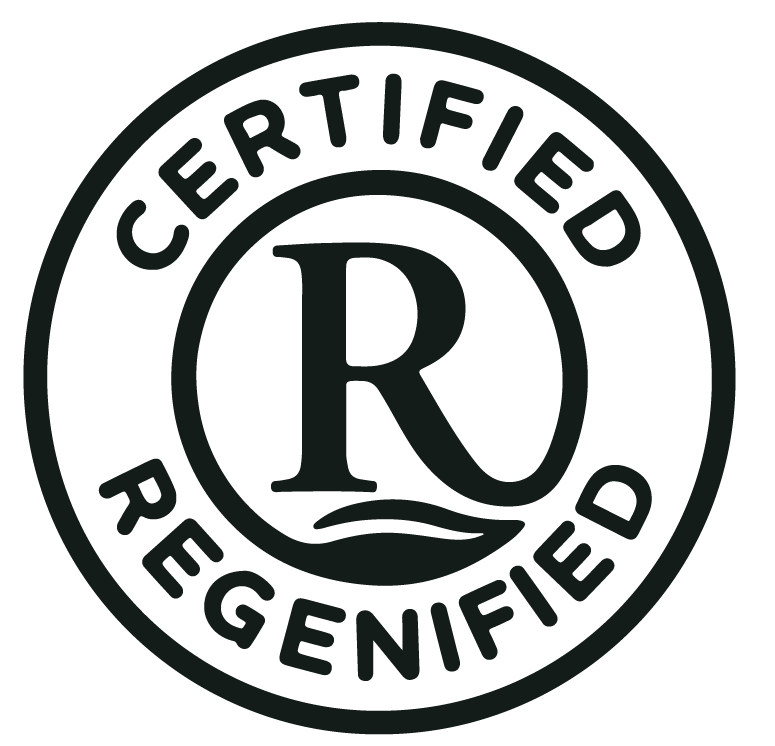Cuban Pork Chops with Mojo
posted on
April 1, 2015
Ingredients:
4 boneless loin chops
1 1/4 cup orange juice
3/4 cup lime juice
1/4 cup vinegar
1 tbsp. black pepper
2 tbsp. salt
1 1/2 tsp. ground cumin
1 tbsp. garlic powder
1 tbsp. onion powder
1 tbsp. dried oregano
3 tbsp. canola oil
1/4 cup chopped red onion
2 cloves of garlic, chopped
1/4 cup white wine
Directions:
In a gallon plastic bag, add 1 cup orange juice, 1/2 cup lime juice, and vinegar. Add the boneless chops and let sit in the marinate for 1 hour in the fridge.
In a mixing bowl combine all of the dried spices. Pull the chops out and pat down with a paper towel until dry. Then coat with dry rub mix.
Heat the oil in a large saute pan over high heat. Sear the chops on one side until brown. Then flip them over and turn the heat down to medium-low. Add the chopped onion and saute for 2 minutes. Add the garlic and cook until brown. Pour the remaining 1/4 cup orange juice, 1/4 cup lime juice, and white wine in. Simmer until the liquid is a semi-thick consistency. Check your pork with a thermometer to make sure it is at optimal temperature. Serve the chops and pour the sauce over for a great eating experience!






